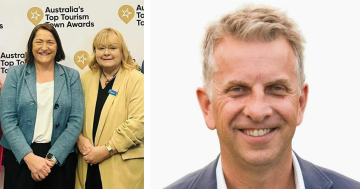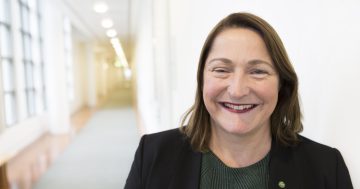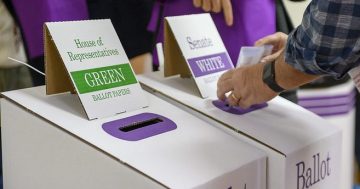
Gilmore is shaping up to be a battle between the major parties with Liberal Andrew Constance (left) hoping to win the seat from the incumbent, Labor’s Fiona Phillips (right). Photo: File.
The federal seat of Gilmore, stretching along the South Coast from Kiama to Tuross Head, has slipped off the national election radar, written off by the election commentators as a likely win to Liberal candidate and previous NSW member for Bega Andrew Constance.
This is despite Labor’s Fiona Phillips taking the seat with a swing of 3.34 per cent in 2019 to deliver her a winning margin of 2.7 per cent.
The theory behind the projected Liberal win is twofold. First, that Constance was a popular state member. Second, that Phillips only won in the aftermath of Morrison’s decision to parachute outsider Warren Mundine in over popular local Liberal candidate Grant Schultz, who then stood as an independent splitting the conservative vote.
“There were other things going on in Gilmore last election that have now quietened down a little bit,” ANU emeritus professor John Warhurst says.
“Warren Mundine was a negative factor when he was parachuted in very late.
“This time, the Liberals seem to have it more together in Gilmore than in Eden-Monaro and comparing the two from my vantage point, Gilmore is where the race is tighter.”
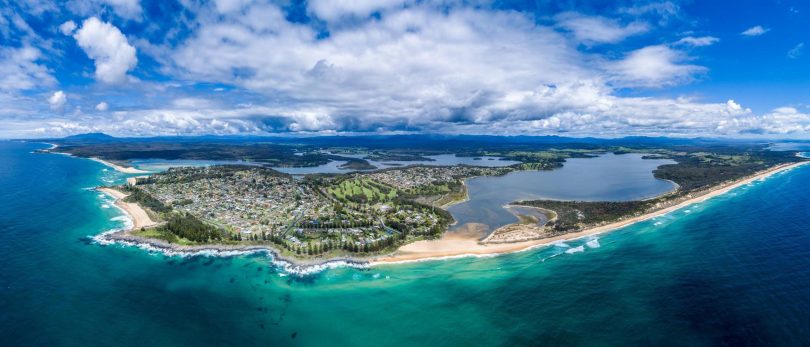
Housing affordability, health and climate resilience are amongst the major issues for the voters in the South Coast seat of Gilmore. Photo: Brett Norman.
Writing off hard-working Phillips’ win as an anomaly ignores many electorate-specific issues at play in this seat – much has happened since the last federal election.
The 2019/20 bushfires devastated the electorate with the fires roaring for 72 days straight, affecting more than 80 per cent of the land area.
Traumatised communities had little time to recover or rebuild before the world shut down only a couple of months later with the start of the COVID-19 pandemic.
Floods followed the fires and continued disrupting lives and livelihoods throughout 2021 and 2022 as La Nina settled in.
Dissatisfaction with the response to the bushfires is likely to be at play. Some residents are still living in temporary accommodation and many businesses are yet to recover from a triple whammy of bushfires, the pandemic and flooding.
Affordable housing is an issue for residents and employers. The loss of hundreds of homes due to the bushfires, combined with migration from the cities to the regions during the pandemic has meant the crisis in regional housing across the country is gripping the South Coast hard.
House prices in the Shoalhaven rose 21 per cent in the year to September 2021 and in the Eurobodalla almost 28 per cent.
Many locals, priced out of the market in favour of sea changers and investors, now fear their children will not be able to afford to live where they grew up.
Campgrounds are filled with people unable to find affordable rental accommodation and businesses, desperate to get back on their feet, are unable to attract new workers with nowhere for them to live.
Health is a continued high priority. Long time campaigner for improved regional health services, Moruya obstetrician Michael Holland recently won the by-election for Labor in the seat held by Liberal’s Constance for 21 years.
Gilmore has an older median age of 47.5 years compared to a state median of 38, and 17.2 per cent are on age pensions compared to 10.7 per cent in the state.
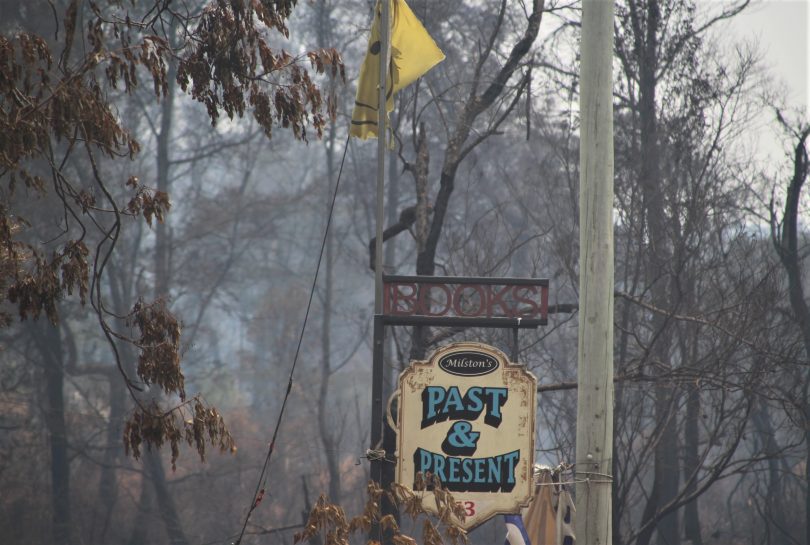
Parts of Gilmore were devastated by the fires and businesses have since struggled through floods and the pandemic. Photo: Alex Rea.
There are seven candidates on the house of representatives ballot paper for Gilmore.
The sitting member, Labor’s Phillips has proven herself a tireless federal member since her win in 2019, priding herself as a grassroots politician.
The former TAFE lecturer grew up on a dairy farm near Nowra, with family farming roots in the region dating back to 1856. She first became involved in politics in 2009 when she led a six-year campaign to save Nowra’s community pool.
She says disaster mitigation, housing and health will be the key focus of her campaign.
Liberal Constance, a former Young Liberal president, has long considered a move to the Federal sphere.
He initially announced his intention to run for the federal seat of Eden-Monaro before quickly pulling out of the race amid an internal spat with Deputy Premier John Barilaro.
He finally resigned from the NSW Government in October 2022.
Constance is well-known in the southern end of the electorate up to Ulladulla, a legacy from when the state seat of Bega extended further north, and was a popular state member.
His mixed record as NSW transport minister may be an issue for voters further north where he is personally less well-known and questions remain as to how well his climate change views will stand up in a Liberal party room.
Constance takes the much-coveted place at the top of the ballot paper and lists roads, housing and climate change as priorities.
Greens candidate Carmel McCallum, a qualified pharmacist with more than 40 years experience, is also the former owner of a Nowra pharmacy.
This will be her fifth federal campaign for the Greens securing around 10 per cent of votes in both the 2016 and 2019 federal elections for Gilmore.
McCallum said her main decision to run was to steer action on climate change and push for green jobs. She said she would focus on fixing Gilmore’s housing crisis, bringing more mental health services to the area and backing local road projects including a Nowra bypass.
Other candidates for the seat are Independent Nina Digiglio, Jordan Maloney for the United Australia Party, Jeremy Eid for Pauline Hanson’s One Nation and Adrian Fadini for the Liberal Democrats.
Unlike some other elections, in the ballot for the Federal House of Representatives, voters are required to number every box in the order of their choice.
The order of the candidates for Gilmore as they will appear on the ballot paper are:
- Andrew Constance, Liberal
- Nina Digiglio, Independent
- Carmel McCallum, Greens
- Jordan Maloney, United Australia Party
- Jeremy Eid, Pauline Hanson’s One Nation
- Adrian Fadini, Liberal Democrats
- Fiona Phillips, Labor









